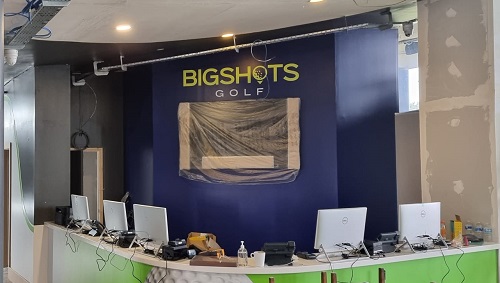Highlighting the Influence of Lighting Circumstances on Motion Detection Accuracy and Dependability
Highlighting the Influence of Lighting Circumstances on Motion Detection Accuracy and Dependability
Blog Article
Lighting conditions play a significant impact in how well we can detect motion. Movement detection is a key aspect of various technologies, including security cameras, automated lighting systems, and even some video games. Comprehending the ways various illumination conditions affect our ability to perceive movement can assist improve the design and effectiveness of these systems. For instance, inadequate illumination can lead to overlooked movements or false alarms, while optimal lighting can enhance the accuracy of motion detection systems.
In well-lit lighting conditions, movement detection is generally more accurate. As there is ample illumination, sensors and cameras can obtain clearer pictures, which helps in identifying dynamic elements. Well-lit environments allow for better contrast between the moving element and the background. This contrast is essential for both visual viewers and automated technologies, as it makes it simpler to distinguish between static and moving elements in a setting. Therefore, making sure that areas are adequately illuminated can significantly improve the performance of motion detection systems.
On the other hand, low-light environments can pose difficulties for motion detection. In low-light environments, darkness can obscure dynamic objects, which makes them difficult to detect. Additionally, the eye struggles to detect movement in dim conditions, which can lead to misunderstanding of the situation in the environment. Cameras may also face challenges, as many do not perform well in dim conditions without the use of infrared technology or alternative improvements. These limitations highlight the significance of adequate illumination in environments where motion detection is essential.
Moreover, different kinds of lighting can have varying effects on motion detection. For instance, neon lights can flicker, which can mislead motion detection technologies that depend on consistent illumination input. On the other hand, daylight provides a steady source of lighting that enhances visibility. Comprehending these differences in lighting types can assist users in choosing the most appropriate lighting for specific applications, particularly in security and surveillance situations.
In you could try this out summary, the relationship between lighting conditions and movement detection precision is important. By making sure that settings are appropriately lit, we can enhance the dependability of movement detection technologies. This knowledge not only supports technological applications but also improves safety and security in various settings. As further developments are made in motion detection technology, considering lighting conditions will remain a vital factor in enhancing effectiveness and like this guaranteeing that these technologies function properly in various conditions.